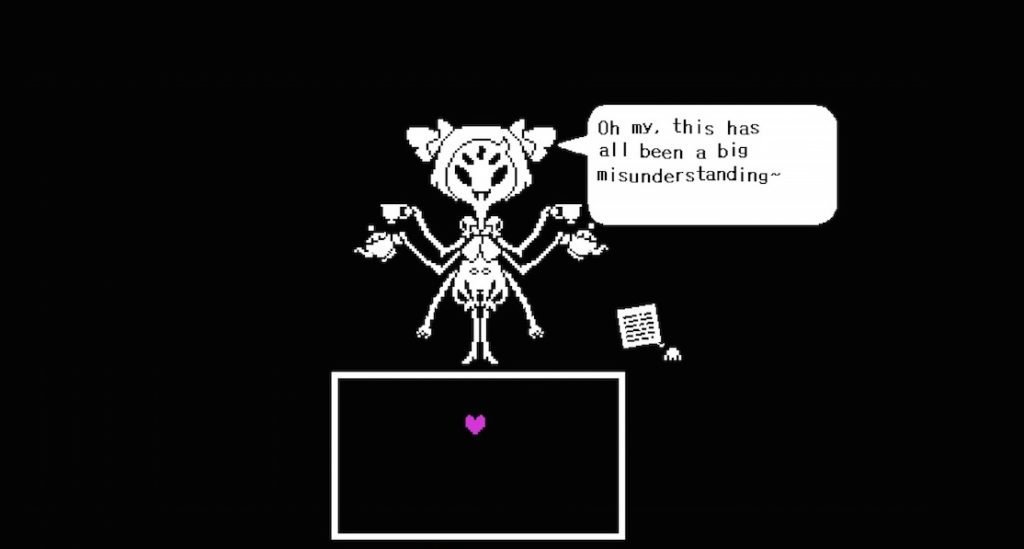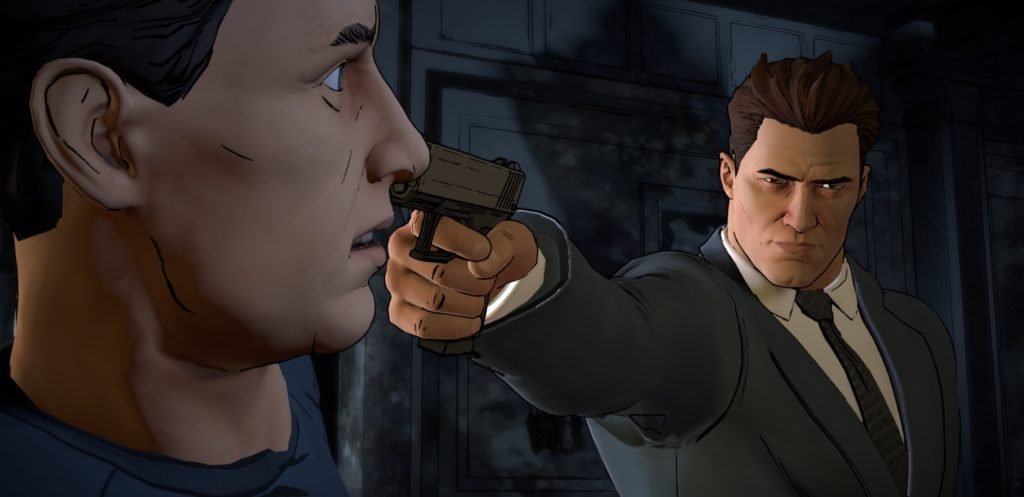Modern story games and balancing narrative vs gameplay
As an avid lover of fiction and games, I’ve played my fair share of “story games,” be they indie darlings or big budget blockbusters. These games have their ups and downs, and occasionally the need to have the perfect story outweighs the desire to make the perfect game.Games known for their story tend to fall into 3 categories, the good, the bad, and the “please just let me play.”

As an avid lover of fiction and games, I’ve played my fair share of “story games,” be they indie darlings or big budget blockbusters. These games have their ups and downs, and occasionally the need to have the perfect story outweighs the desire to make the perfect game.
Games known for their story tend to fall into 3 categories, the good, the bad, and the “please just let me play.”
The good story games have the perfect balance of fun gameplay and intriguing story, the gameplay specifically made to work with the story and highlight it. Exposition must be used sparingly, and if possible, be done while you’re actively moving through the game.

A good example of titles that handles this balance perfectly are newer Telltale games. They have gameplay that’s perfectly tailored to move the story forward while also letting you make game-changing choices. We’re all collectively ignoring the company’s pre-Walking Dead days, specifically the Jurassic Park Telltale debacle. But games like Telltale’s Batman have fixed many of the problems with the formula, while also giving players an impactful story where the player makes choices that change pretty much every episode in at least small ways. Action and dialogue happen at the same time, with a focus on the story keeping the player personally involved. In this way, modern Telltale titles are a wonderful Western take on visual novels.
Meanwhile, among the story games that don’t handle the balance as well, you have the indie, sleeper-hit Undertale. If you weren’t very involved in social media about a year ago, when it released, it’s quite possible you haven’t heard of it, or you heard of it so much you never want to touch it.
Undertale has about 3 different play-throughs. But once you find out the gimmick of the game, it loses most of its magic. Undertale is an RPG where you don’t have to kill any enemies, and you move through the game with small puzzles and a lot of bullet hell in a tiny square for combat. The game is paused whenever a character speaks to you, which is nice, as you can’t get distracted and fail a puzzle, but it breaks up any action the game attempts to have. As you run from one of the more difficult bosses, Undyne, you can stop and speak to a character at a hot dog stand and have idle chatter, supposedly with a giant terrifying fish woman throwing lances at you. There are moving platforms and puzzles in Hotland, a zone near the end of the game, where Doctor Alphys calls you incessantly. It’s used to introduce you to her, and show how anxious and socially awkward she is, but it’s mostly just annoying. Every time you figure out a puzzle, you’re interrupted by your cellphone.
Right before the final boss, there’s an honestly very beautiful and calming walk through the king’s home. The music, simply called Undertale, is a quiet and calming mix of guitar and piano. It is, however, played during a giant splash of exposition that could have easily been hinted at throughout the game, possibly through found items in the dark and lonely castle.
To his credit, Undertale’s Toby Fox is a great game designer, and an even greater musician. The game is fun and engaging, and I still listen to the soundtrack. It was very fun to play, but after doing the No Mercy and Pacifist routes, it hasn’t really come up beyond using “Battle Against a True Hero” to make farming in other games seem more engaging.
Big budget games fall into this trap too, with games like Pokemon Sun and Moon having their own issues with story. While perhaps not the first titles you think of at the mention of story games, Sun and Moon put a heavier emphasis on the narrative than any of their predecessors. First, there’s very little encouragement to explore, which is a big thing in the earlier games. You’re told exactly where to go, and the routes there are incredibly straight-forward, which takes away some of the wonder of stumbling across something new and interesting. But then, most of the interesting storylines are quickly glossed over, like how Guzma and Lusamine became a team. Plumeria mentions that she’s the only adult who could see how strong he was. Did she think he had what it took to become a Captain? It’s never brought up again, even after some story events demand a bit of reflection.
But the big problem plaguing Sun and Moon is dialogue and cutscenes. These are crucial for a Pokemon game, RPGs, and story games in general, but Sun and Moon don’t seem to know when to stop talking. The space between the Elite Four Champion and the next available time to save is about 20 minutes, if you choose to attempt to catch the Tapu in the fight you’re forced into after the party. The game isn’t incredibly long as it is, and a lot of it is spent explaining things to the player, like the school at the beginning, where you’re forced to fight trainers that give you incredibly simple tips that you were bound to have already used before getting there.
The normal formula of Pokemon games is disrupted a bit in Sun and Moon. The rival fight once you reach a new important area is done away with, and your rival, while charming and adorable, chooses the starter that’s weak to yours, making most fights quick, ruining the nice dynamic of having a peer that can one-up you at any time. Instead of Gyms, we got Trials, and some of the captains skip their Trials altogether, and not even because of the potential world-ending portal to another universe. Captain Mina and Captain Nanu skip the puzzles and mazes entirely because of laziness. The characters are lovable, the Team Skull theme sounds like its from Jet Set Radio, and in the end, it’s still Pokemon, making it entirely playable in its pure nostalgia and magic despite these issues. But an over-focus on narrative does still take away something from the experience.
As a “casual” gamer, I’ve subjected myself to a wide variety of games that have been praised for story. All the good ones had bits and pieces of the above: memorable characters, a good soundtrack that helps set the mood, the ability to move during dialogue and exposition, and a story that you feel genuinely connected to.
Standards for story games have changed through the years, and occasionally difficulty and deep gameplay goes out the window. It’s important to be critical of “just for fun” games; the best part of playing a game, what makes it unique as a medium, is feeling involved. Some of these story games are becoming more of a slightly interactive movie, while they should be leaning more towards the “choose your own adventure” route, where you get to be the hero.
